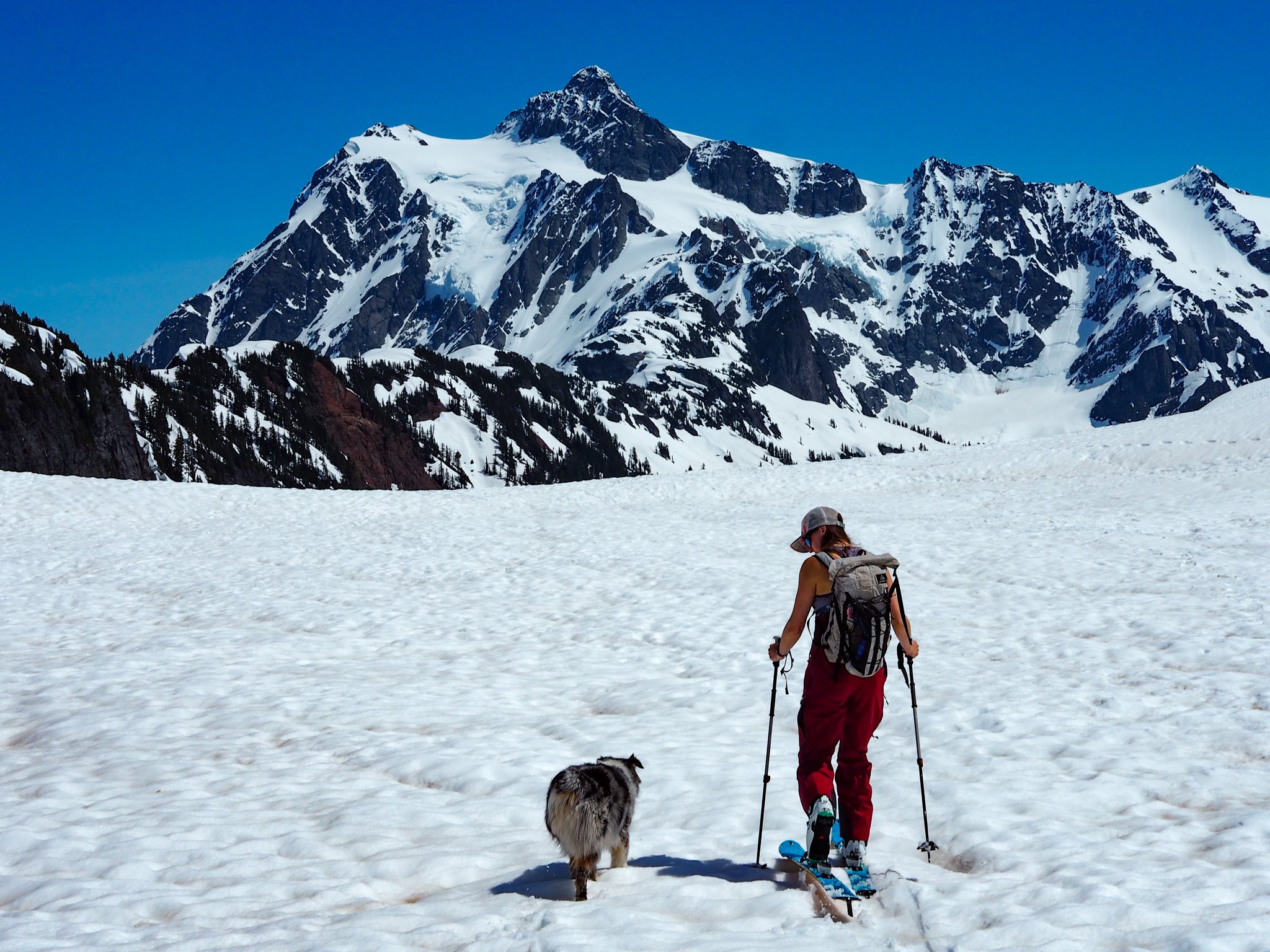Chronic Overpacker? Avoid These Packing Pitfalls When Climbing
I was notorious among my friends for overpacking on trips. In fact, I routinely won the “heaviest backpack in the group award,” My 90L+ pack always seemed just barely big enough for an overnight trip.
I was stricken with an irrational dilemma — bring too much gear and watch my spirits slowly get crushed and my attitude plummet, or bring too little gear and risk hunger, cold, and my inevitable demise.
A very poorly planned trip results in a poorly packed backpack. In case there was any question, this photos highlights the result of a very poorly panned trip.
Fortunately, after years of schlepping around a heavy backpack, I understood that being prepared isn’t always synonymous with packing everything. Today, I’d argue that less is actually more, and that selecting the right gear is more important than selecting all the gear. Now, my pack is a light as can be and I dance like a fairy as I float through the mountains.
Like any good sports draft, every piece of gear that goes into your pack needs to prove its value to make the cut. Here’s my process on how I decide what to bring and what to leave behind.
The first part of this series will focus on the heavier items: technical gear, sleeping systems, and clothing. Skip to Part 2 for emergency kits, food/water, and odds-and-ends.
Start with the Technical Gear
First things first, identify the best tools for the job. Most gear these days, especially lightweight gear, tends to fill a niche role. It typically only serves one or two purposes, oftentimes requiring additional gear to “backfill” in areas where it underperforms. Climbing hardware (cams, carabiners, ropes, etc.,) is a great example. I’m frustrated after an all-day multi-pitch climb when there’s gear on my harness that’s gone unused. It's a consequence of poor planning and it’s served no purpose besides taking up space and adding weight.
The key to selecting the right technical gear is to be diligent about route planning and have a complete understanding of exactly which gear is required. In the climbing example above, having a full understanding of the route (down to exact number and size of cams, carabiners, rope length) allows one to tailor their gear section to perfectly match the objective (maybe you don’t need those 4, 5, and 6-sized cams after all!).
Choosing Your Sleeping System
From bivy, to tent, to tarp — the choice of your sleeping system will vary dramatically depending on the duration of your adventure. The selection of your sleeping system will also contribute considerable weight to your pack. Ultimately, the style in which you decide to approach the adventure will dictate what sleeping system is required.
Here are a few rules of thumb to when choosing our sleeping system:
Bivy bag vs. Tent vs. Tarp? It's a tough decision. Ask yourself, what is the greatest priority: saving weight or getting a good night's sleep? In general, It is hard to beat the protection-to-weight ratio of a small, ultralight tent. Most often, these tents weigh in at about 3ish pounds and offer a much greater protection/comfort than bivi bags and tarps. Unless you're gunning for a speed blitz, bring the system that ensures slightly more comfort. Note: we love a good fast and light speed blitz, and sometimes the best sleeping system is no system at all.
Bivi bags can be an excellent option for day trips when there is a possibility of becoming benighted. However, they are pretty horrible to wait out any sort of weather inside of. Tarps are incredibly light and can work very well in conjunction with bivy bags to provide a fair amount of shelter at a light weight. The reality however, is that the combined weight of bivy bags and a tarp is basically the same as a lightweight tent and way less comfortable.
Choose the lightest sleeping bag that will realistically keep you warm. We have used half sleeping bags (designed to be integrated with a parka) to good effect. Modern sleeping bags are really light, which means that you can probably save several pounds by upgrading. One good thing to note, plan your sleep system with clothing layering in mind. The two systems integrate well.
Modern sleeping pads are super light and compact. Be sure to make sure the R-rating is in line with the conditions you will be encountering on the route. A good sleeping bag can only do so much good in conjunction with a sub-par pad. Air pads have a tendency to pop, so place something between the pad and the ground. The other option is to use a tried-and-true foam pad. Though bulky, they are light and nearly indestructible. Plus they give off the appearance of being an old school badass. When sleeping on rocky ground, as oftentimes open bivvies tend to necessitate, the foam pad can be a good choice.
Clothing
Clothing is typically where I am able to find the biggest weight savings. Again, this is where diligence planning comes into play. Understanding the forecast (temps, wind, sun, etc.,) will help you bring only the layers you need. I like to keep things simple and pre-planned out a few layering systems that work for different outings. One system for winter mountaineering, one for spring/summer mountaineering, one fall alpine rock climbing, and one for general backing/hiking/or non-technical objectives.
Putting it all Together
We’ve found that it takes time, often through trial and error, to really dial in the process of selecting the right gear for the job, to ultimately decide what goes in the pack and what gets left behind. There’s rarely a perfect gear list where everything seamlessly integrates together. Through diligent route planning and preparation you’re sure to overcome the packing dilemma — bring too much and get weighed down, or bring too little and risk being unprepared.
A much simpler pack with all the necessary gear.


